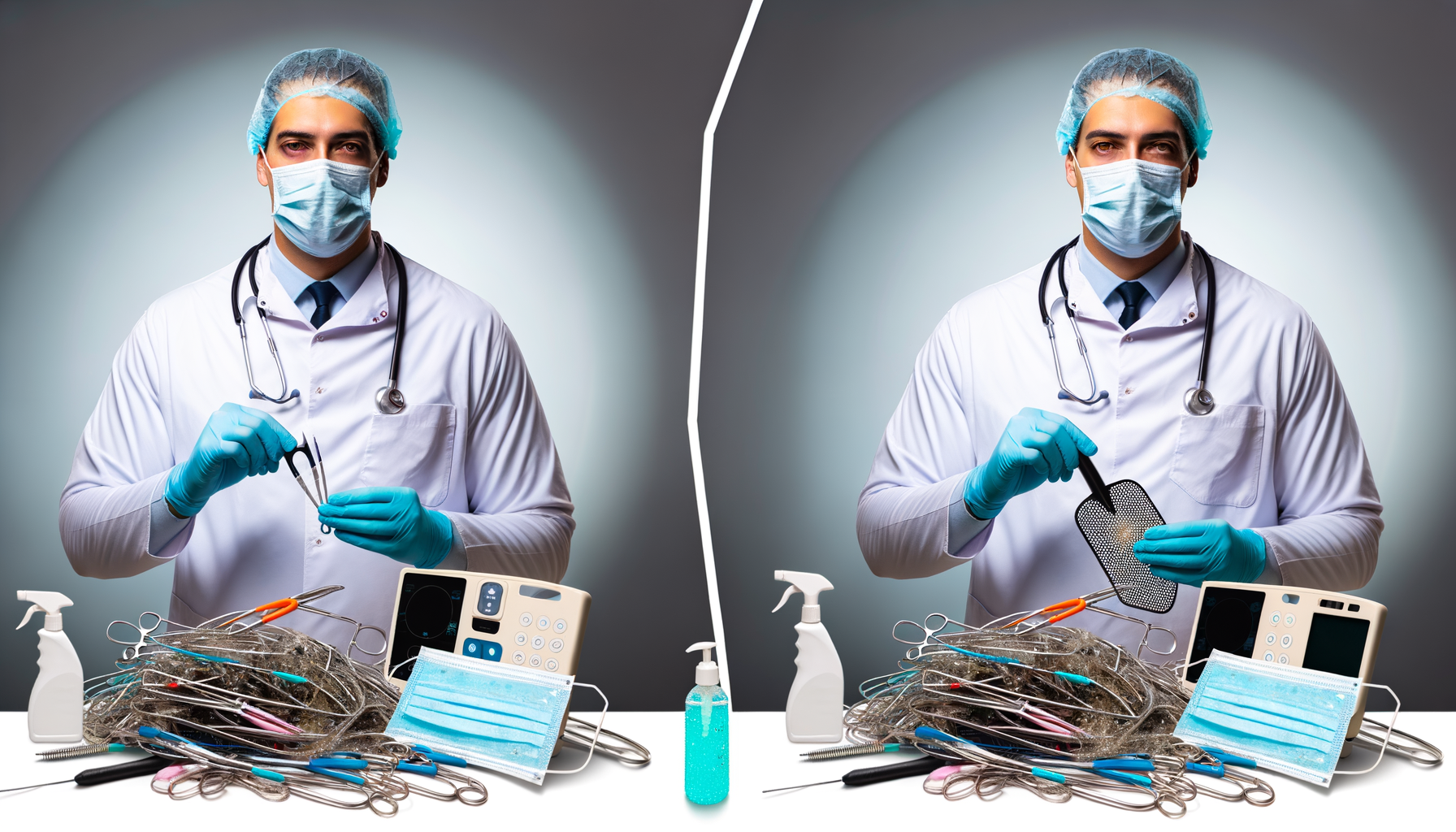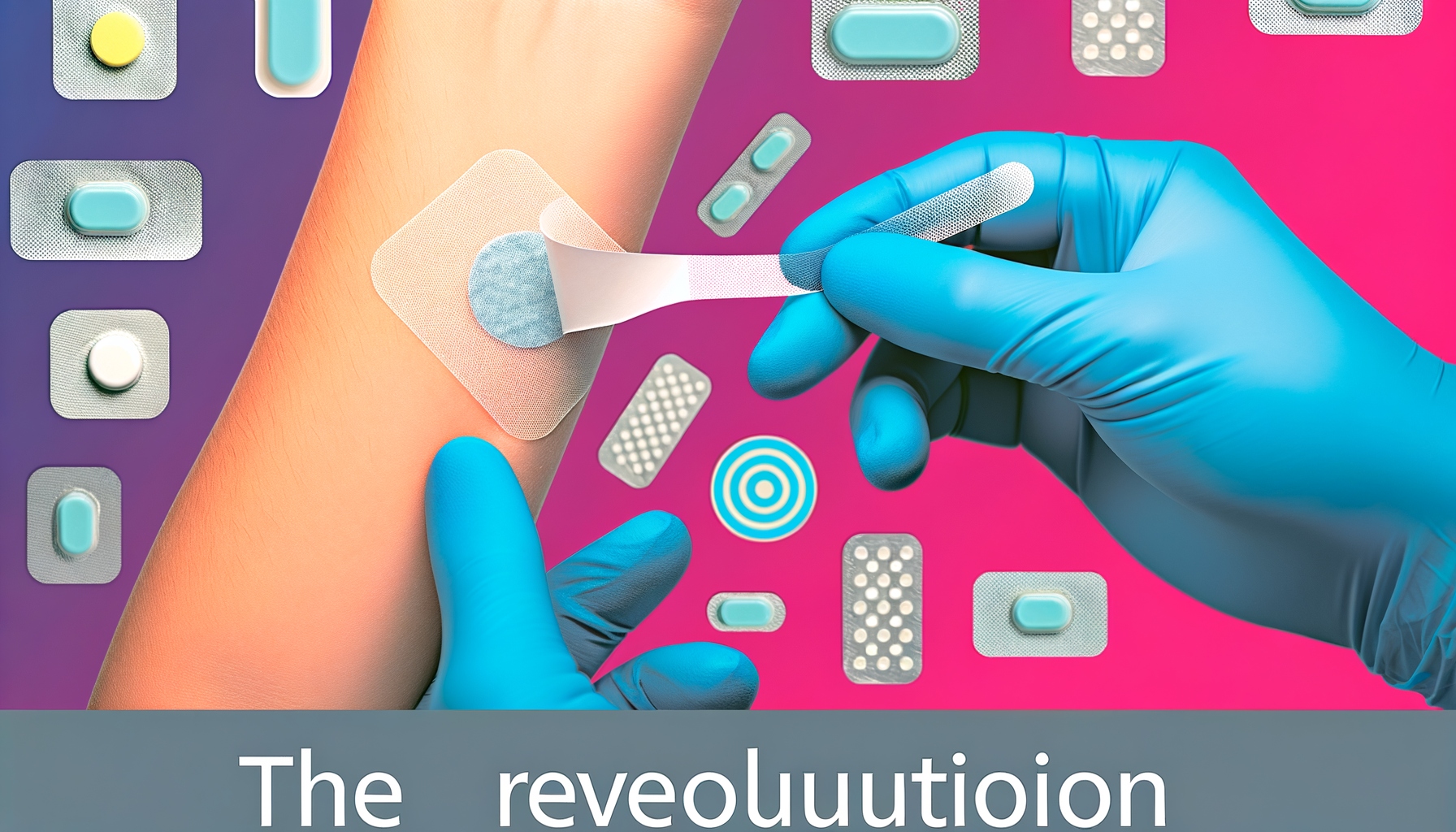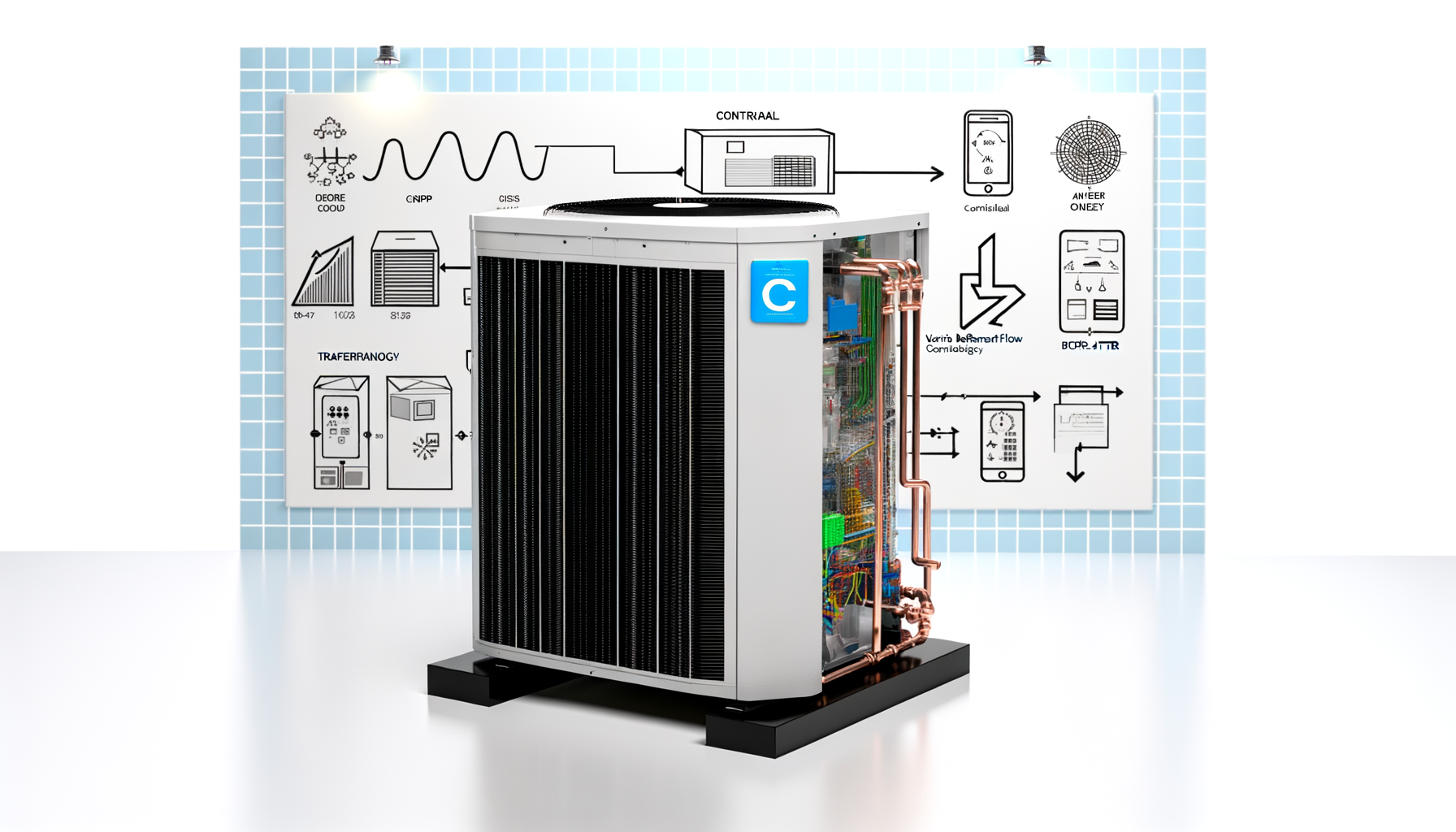 White Hat Link Building – Safe. Powerful. Long-Term.
White Hat Link Building – Safe. Powerful. Long-Term.
Antimicrobial Medical Foams: Revolutionizing Infection Control
Written by Pranali Baderao » Updated on: June 17th, 2025

The global healthcare landscape continually evolves, adapting to emerging threats and technological advancements. One pivotal change in recent years is the increased importance of infection control measures within medical settings. The immediate implication is the surge in demand for antimicrobial medical foams crucial components in wound care, medical devices, and hospital bedding.
Understanding Antimicrobial Medical Foams
Medical foams are versatile materials extensively used in various healthcare applications due to their durability, comfort, and ability to conform to body shapes. An antimicrobial version is impregnated with agents that inhibit the growth of bacteria, fungi, and viruses, thereby reducing the risk of infection. These foams play a vital role in maintaining hygiene and enhancing recovery processes in healthcare environments.
The Amplified Need for Infection Control The COVID-19 pandemic underscored vulnerability within healthcare systems worldwide, illuminating a critical need for improved infection control measures. As hospitals and clinics strive to maintain sterility to protect patients and staff, antimicrobial products have taken center stage.
Prevention of Hospital-Acquired Infections (HAIs): HAIs are a significant concern, contributing to prolonged hospital stays and increased healthcare costs. Antimicrobial foams are highly effective in preventing infections by reducing microbial load on surfaces and in wound areas.
Increased Standards and Regulations: Globally, regulatory bodies have tightened standards for hygiene products, pushing for materials that not only meet but exceed the established criteria for safety and sterility.
Applications and Benefits of Antimicrobial Foams
1. Wound Care and Dressings These foams provide an ideal moisture balance, creating an optimal healing environment. The antimicrobial properties specifically target microbes, reducing the risk of infections and promoting faster healing.
Comfort and Flexibility: They can be adapted to different wound shapes and sizes, ensuring comprehensive coverage and enhanced patient comfort.
Improved Healing Outcomes: Antimicrobial components accelerate recovery time and minimize complications, reinforcing patient safety and satisfaction.
2. Medical Devices
From catheters to implantable devices, antimicrobial coatings on medical foams can dramatically reduce device-related infections.
Enhanced Device Safety: By embedding antimicrobial agents, the regular maintenance of device sterility is achievable, minimizing the risk of infections over time.
Extended Device Longevity: Antimicrobial foams increase product lifespan, leading to reduced replacement costs and supporting sustainable healthcare practices.
3. Hospital Bedding and Cushions Given the extensive patient turnover in hospitals, bedding and cushions are potential hotspots for infection.
Sustainable Hygiene: Antimicrobial treatment ensures that surfaces remain hostile to bacterial growth, supporting long-term hygiene.
Patient Comfort: Beyond hygiene, these foams offer enhanced comfort and support, vital for recovery and overall patient experience.
Future Prospects and Innovations
As the need for stringent hygiene protocols continues to evolve, we expect to see innovative advances in antimicrobial medical foams:
Nanotechnology Integration: The next generation of antimicrobial foams might incorporate nanoparticles further preventing microbial colonies from establishing on medical surfaces.
Biodegradable Foams: With sustainability becoming vital, research into environmentally-friendly foams that provide antimicrobial benefits is underway.
Smart Foams: Innovations in sensors and AI could see foams that monitor microbial loads in real-time, alerting healthcare workers to potential infection risks.
Challenges and Considerations
While antimicrobial medical foams present significant benefits, their deployment is fraught with considerations:
Cost Implications: Advanced antimicrobial foams, though efficient, can be costly, potentially impacting healthcare budgets.
Resistance Development: Continuous use of antimicrobial agents could promote resistance, necessitating ongoing research to adapt.
Conclusion
The demand for antimicrobial medical foams is an undeniable trend driven by the need for enhanced infection control measures in modern healthcare. These materials represent a blend of efficacy, safety, and innovation, poised to revolutionize infection management amidst evolving medical challenges. As technology progresses, the healthcare sector can anticipate even more breakthroughs in this crucial component, ensuring safer hospital experiences for patients and healthcare professionals alike.
Through strategic investment and pragmatic application, antimicrobial medical foams will continue to be pivotal instruments in modern medical care, redefining standards and promising widespread societal health benefits for years to come.
Read More @ https://www.360iresearch.com/library/intelligence/medical-foam
SOURCE -- https://www.360iresearch.com
Note: IndiBlogHub features both user-submitted and editorial content. We do not verify third-party contributions. Read our Disclaimer and Privacy Policyfor details.
Copyright © 2019-2025 IndiBlogHub.com. All rights reserved. Hosted on DigitalOcean for fast, reliable performance.













